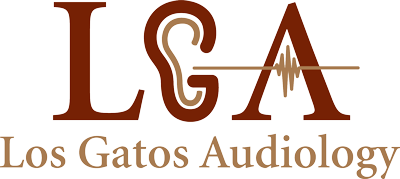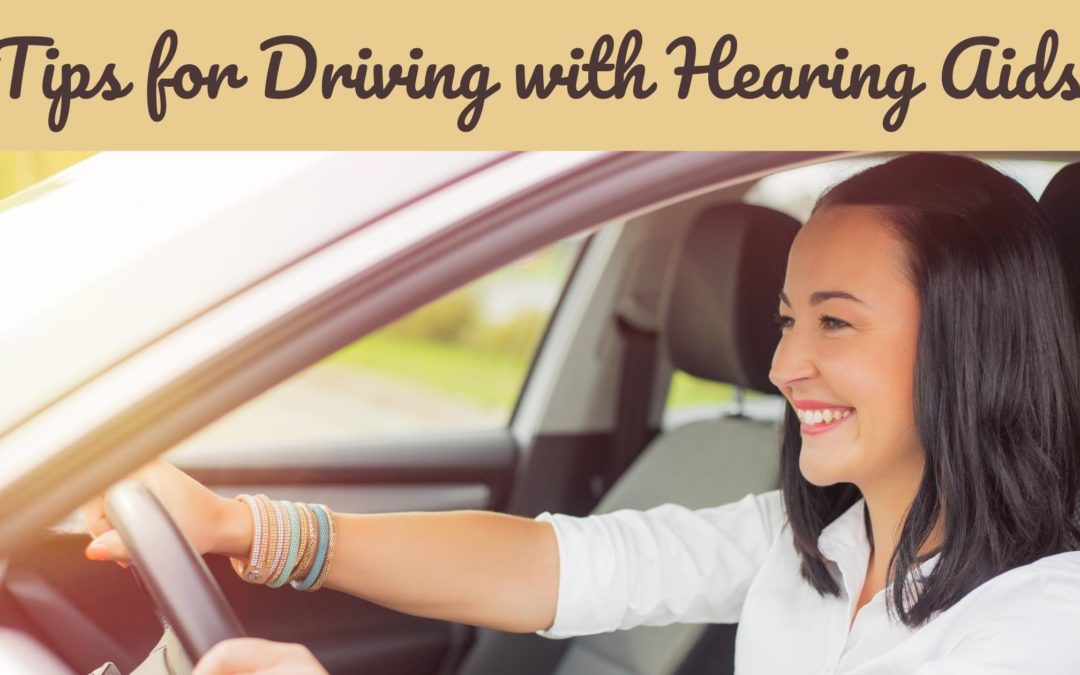If you are a newcomer to the world of hearing aids, welcome! These devices provide a remarkable service, allowing us to re-engage with others in verbal conversations and to experience the sounding environment with new precision and clarity. Along with that increased audio perception, we can sometimes encounter sounds that take us by surprise, even distract us.
As we know, distractions while driving can be incredibly dangerous, and we shouldn’t allow unnecessary sensory stimuli into the cabin of the car where we might be thrown off. With full attention on the road, we are best suited to drive defensively, but distractions can make our driving erratic and even prone to an accident. With these considerations in mind, we wouldn’t want our newly enhanced hearing to become a distraction while driving.
The following tips are helpful to remember while driving. Although hearing aids can assist the process of safe driving, for example by allowing us to detect emergency vehicles at a distance, they should be used with caution in the following ways.
Adjust Slowly
When you get your new hearing aids, you might be eager to insert them right away and to enjoy the benefits of assisted hearing. Although hearing aids do expand the range of hearing to include things you never thought you’d hear again, they also create a sensitivity that can take some time to get used to. When you get your hearing aids, it is wisest to try them out in a relatively quiet and controlled environment first. By testing their power within your own home, you can adjust the settings on the devices and respond to the new sounds that you hear.
A good next step is to get used to wearing hearing aids in social settings. When you are listening to others speaking, you can use your aids to enhance conversations and to fill in the gaps in language that might have occurred due to hearing loss. Only after you have become comfortable with hearing aids in these settings should you expand to the context of driving. Although hearing aids can be helpful while behind the wheel, they also make it possible to hear a distraction that could become unsafe if you aren’t yet acclimated to their power.
Minimize Distractions
When you first attempt to wear your hearing aids while driving, it is best to limit other distractions as much as possible. Try out your hearing aids when you are driving alone in a safe area along two-lane roads. You might notice the sounds of other cars whizzing by or construction machinery at full volume. It might so happen that an emergency vehicle such as an ambulance or police car drives by with sirens. It is important to adjust your experience to these sounds while in a safe environment.
Only once you have begun to understand the power of your aids should you try using them on a freeway. The base level of road noise on the freeway is quite loud, and depending on your settings, your hearing aids might elevate the level of that sound as well. Once you stop the car, you might want to adjust the settings on your hearing aids to accommodate the sound of road noise on a highway.
The final step will be to include other drivers on your ride. If you are talking with others during your journey, it can become distracting in any scenario, particularly when you are driving with hearing aids in place. No matter your hearing capability, it is important to minimize other distractions while you’re driving, such as very loud music or the voices of children arguing. These sounds can easily draw your attention away from the road and mask the sounds that might signal an oncoming problem.
With these considerations in mind, you should have no problem with your hearing aids while driving. If you find that the settings are not suited to driving, feel free to contact us for advice regarding re-fittings or adjustments. Some aids come with a smartphone app that allows you to set hearing profiles according to commonly used locations.
Driving can make those settings tricky, because your location is constantly changing! Keeping safety first, you can now enjoy the detailed hearing environment provided by your aids without worry.
If you have any questions or concerns about your hearing aids, we’re here to help! Contact us today to schedule an appointment for adjustments or repairs.


